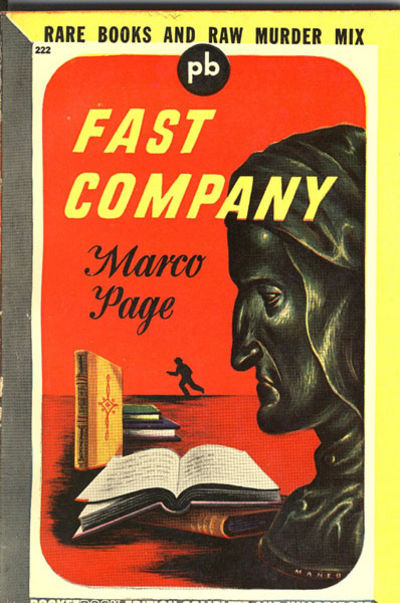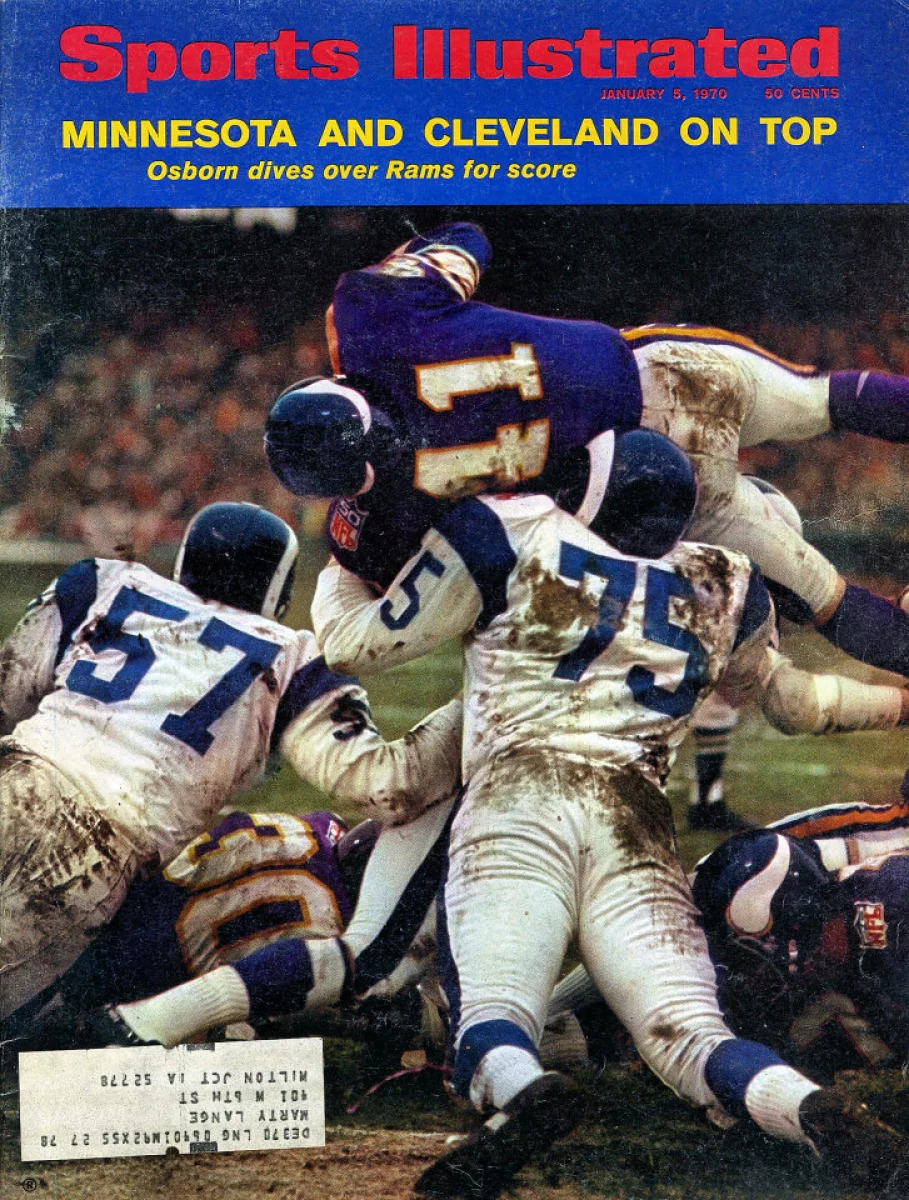Today we have the 11th episode in our continuing celebration of the history of our field. Enjoy.
June 1, 1879. Freeman Wills Crofts was born this day in Dublin, Ireland. He was a railroad engineer and an interest (or obsession) with railroad timetables showed up in many of his novels. (Monty Python did a sketch I can't find on Youtube which is clearly a parody of Crofts.)
June 1, 1923. An important day indeed! The issue of Black Mask with this date featured Carroll John Daly's story "Knights of the Open Palm." It is the first appearance by Race Williams, who is recognized as the first hardboiled private eye character.
June 1, 1929. Thriller Magazine featured "The Judgement of the Joker," apparently the first short story to feature Lesley Charteris' immortal character Simon Templar, alias The Saint.
June 1, 1934. Dime Detective featured "The Corpse Control" by John Lawrence. It stars New York private eye Cass Blue. Kevin Burton Smith said the Blue stories were "all rendered in pulpster Lawrence's trademark first person, over-boiled prose style, full of gunflights and plot holes."June 1, 1950. Michael McDowell was born in Enterprise, Alabama. He co-wrote several mystery novels with Dennis Schuetz under the name Nathan Aldyne. He also wrote a very weird series of detective books about Jack and Susan, who never age. He is probably best known for a non-mystery screenplay: Beetlejuice.
June 1, 1959. Sax Rohmer died in London. Born Arthur Henry Ward, he became famous for inventing the ultimate sinister Oriental, Dr. Fu Manchu. For obvious reasons, his works are not held in high regard today. Ironically (?) he died of the Asian Flu.
June 1, 1968. Not really mystery, but maybe mystery adjacent? On this date Patrick McGoohan's fascinating, infuriating, spy-science-fiction-sui-generis-none-of-the-above TV series, The Prisoner, made its American debut on CBS. It looks dated today, but it was a stunning piece of storytelling for its time.
June 1, 1969. The front page of the New York Times Book Review was a rhapsodic review of Ross Macdonald's Lew Archer novel The Underground Man, crafted by famous screenwriter William Goldman. It was supposedly a deliberate attempt by editor John Leonard to promote his favorite mystery writer to bestseller-dom and recognition as a major mainstream writer. The review achieved at least the first goal.
June 1, 1991. The publication date for The Summer of the Danes, Ellis Peters' eighteenth medieval mystery featuring Brother Cadfael.





